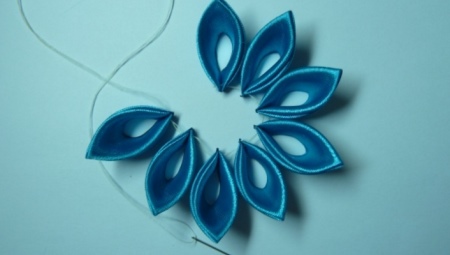Kansashi Technique - A special art originally from Japan. Using technology create unique petals that decorate hairpins, headbands or the interior. This article will discuss the features of art, types of petals, as well as methods of manufacturing.
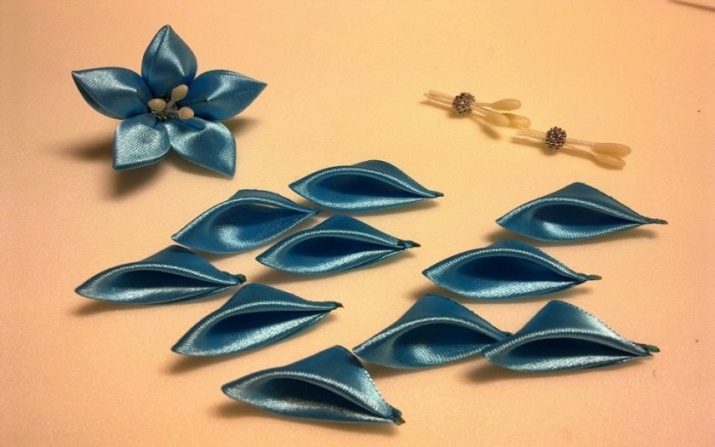
Features
The technique of creating kanzashi petals appeared in Japan about a hundred years ago. Translated from the native language, "kanzashi" means "stuck in curls". Women created jewelry by hand, collected flowers from them and decorated combs, hairpins and hairpins. At that time, materials such as tortoiseshell, metal, bone, wood and silk were used for jewelry. Petals could be of various shapes and sizes.
Kanzashi art has not lost its popularity in the modern world. Today, there are many varieties of technology. One of the popular species is Khan-Kansashi. Leaflets are created from cuts of silk ribbon. The manufacturing principle is similar to the origami technique. Each element is made separately. At the end, a beautiful flower is collected from the petals. Compositions may consist of 10-100 petals, depending on the type of flower.
Beads, beads, rhinestones and other decorative elements are used to decorate the finished product.

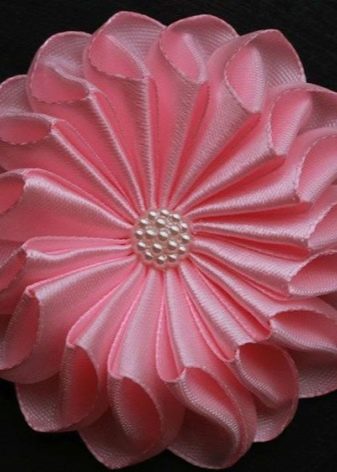
Kinds
Kanzashi leaves are divided into two main categories: sharp and round. However, with great imagination, you can create unusual multilayer products of various shapes and sizes.
The following petal options are available:
- simple sharp - this option has several subspecies: double and triple;
- simple round and double;
- from a tape having a width of 2.5 cm;
- rounded products from a tape of 5 cm;
- fancy, original petals with one fold;
- three types of triangular petals from a satin ribbon of 5 cm;
- tulip petal;
- large flat;
- with curl or ears;
- combined complex - in one sharp round petal is located, the accessory can be two-tone;
- inverted from sharp and rounded options;
- made according to the pattern of lush camellia or star;
- heart-shaped;
- spiral, twisted;
- surround with a wrapped tube.
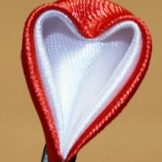
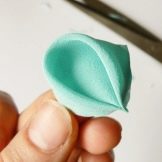
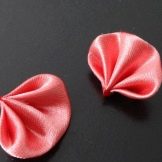

Tools and materials
Kanzashi leaves are made from cuts of various materials: brocade, organza, silk, satin. Needleworkers with experience prefer to create products from any one fabric.
Typically, petals are made from satin material or silks. The density of the tissue must also be considered. Dense material is malleable at work, and the finished product perfectly holds its shape.
The most common kanzashi material is satin ribbon. The finished composition of the tape is not deformed and retains its shape. For various petals use a tape 1–5 cm wide. For beginners, it is recommended to use a segment 5 cm wide. It is easier to work with such material.
Before starting the process of creating leaflets, it is necessary to prepare a place for work. Creation of products should be carried out on a flat surface. If work occurs at a table, its surface must be protected with a wooden board or large tile.
This is done so that during sizing the glue does not get on the surface of the countertop.

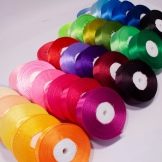
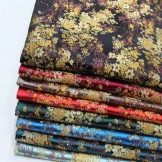
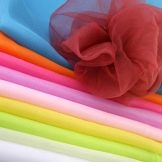
For the manufacture of petals, the following tools and materials will be required:
- sharp scissors with long blades;
- tweezers to hold products during folding and firing;
- ruler for measuring fabric - some needlewomen use ready-made templates in the form of squares, which are the right size for the petal, a square is applied to the material and cut out;
- transparent glue - “Moment” glue or glue gun is suitable for compositions;
- the thread should be the same color as the ribbon - it is recommended to use silk threads, as they are more durable and thin;
- thin needle;
- chalk or pencil for marking on templates;
- a candle is needed to burn the edges of the petals, you can use a lighter, but this is inconvenient - when burning a candle, both hands remain free, while when using a lighter only one of them remains free.
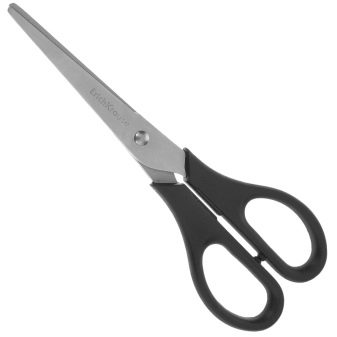

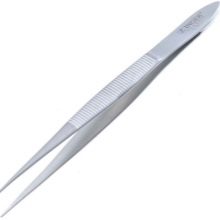
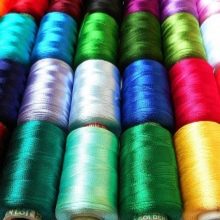
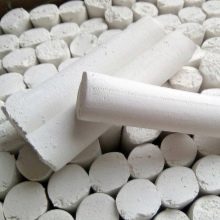
Execution technique
Making kanzashi requires maximum care and perseverance. Each petal variant has its own scheme. You should consider ways to create all types of petals with your own hands step by step.
Acute
The first workshop will tell you how to make a simple sharp petal.
- For manufacturing, you will need a piece of satin ribbon with a width of 5 cm. The edges should be melted.
- A piece of tape must be folded diagonally, while holding with tweezers.
- Cut off the corner and base of the triangle. Get a petal. Burn the cut line so that the thread does not bloom.
This is not a very tricky way to make a double or triple leaf. To do this, before cropping, you need to fold several petals together. You can use multi-colored pieces of material. To bond several products using silk thread.
Sharp petals can be used to create crowns or complex patterns according to patterns.
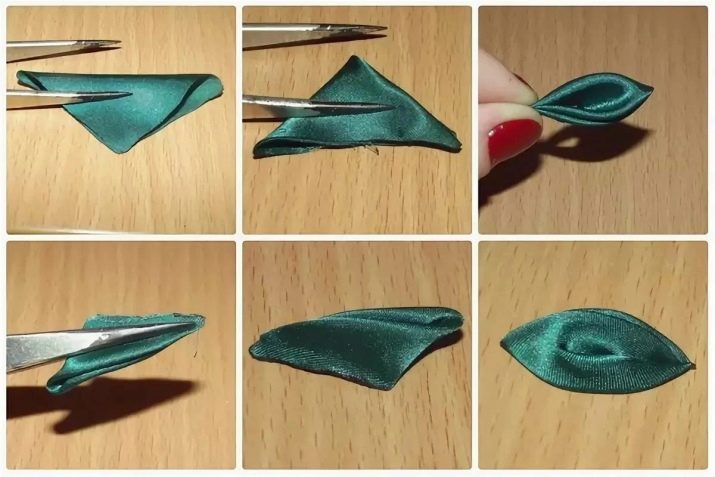
Surround round
The basic details of the technique are round products. They are made voluminous to create beautiful lush flowers. Folding a round leaflet is considered the simplest technique that even novice craftswomen will cope with.
- Fold the squares from the tape diagonally. Bend corners.
- Hold the product with tweezers so that it does not come apart.
- The bottom edge is cut and fired.
- Side corners must be bent back and secured. The round petal is ready.
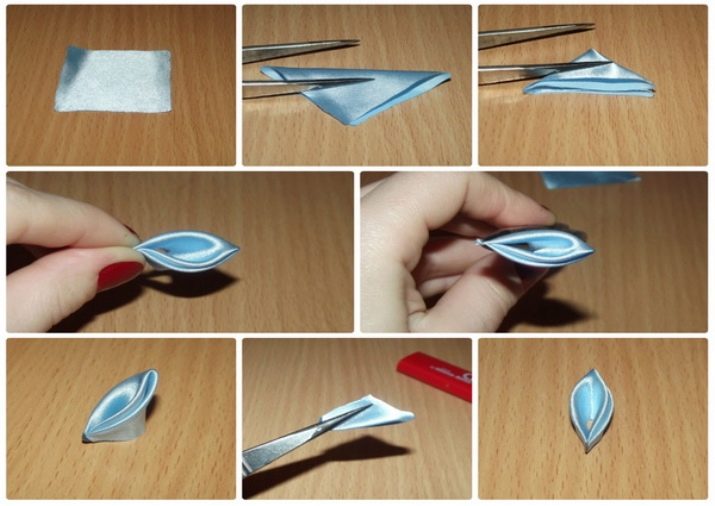
Round flat
Such a sheet is needed to create volumetric compositions. The volume of the finished product depends on the number of flat petals.
There are two main ways to make a product. First the option involves cutting the part of the required shape according to the template. In second variant petals are made from a wide piece of tape. Squares are cut out of it. The workpiece is folded diagonally so that the right angle is located in the lower part. Then you need to bend the sharp corners and connect, after which the formation of the petal occurs. They cut the excess, the edges are treated with fire. Additionally, you can give the product an interesting shape.
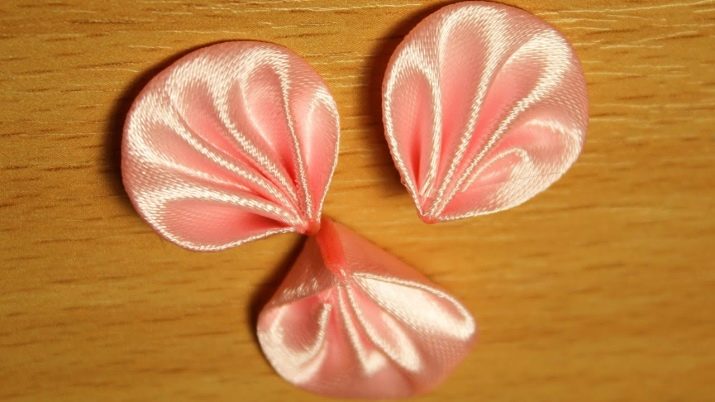
Complicated with fold
- Take a piece of tape 5 cm wide, roll diagonally, bend the corners.
- The resulting square is trimmed bottom. The remaining edges are compressed on the sides.
- It turns out a sheet with a fold.
- The excess is cut off.
- The edges are scorched and the finished petal is fastened with thread.
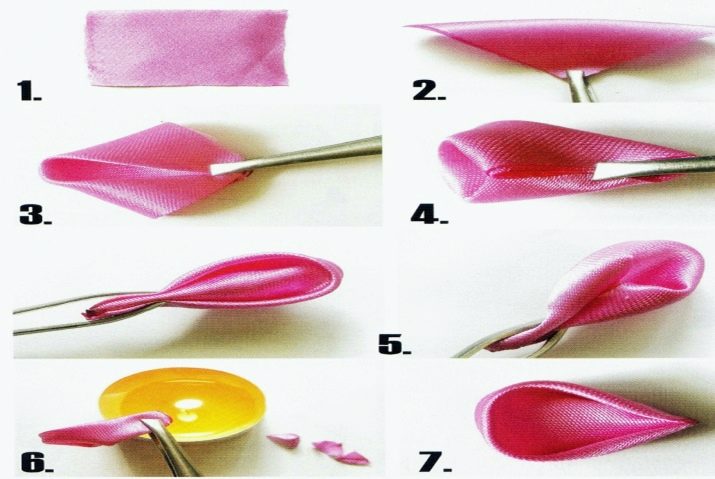
For the bud
- It will take pieces of narrow tape. The length of the segments should be two times the width.
- Turn the tape inside out, bend and fasten the corners.
- The front side will look like a blank with a semicircular top. The sharp corners of the part must be folded inwards on the sides. Then sew in small stitches.
- Tighten the edge while pulling the thread.
If the petal is made correctly, then burning the edges is not required.
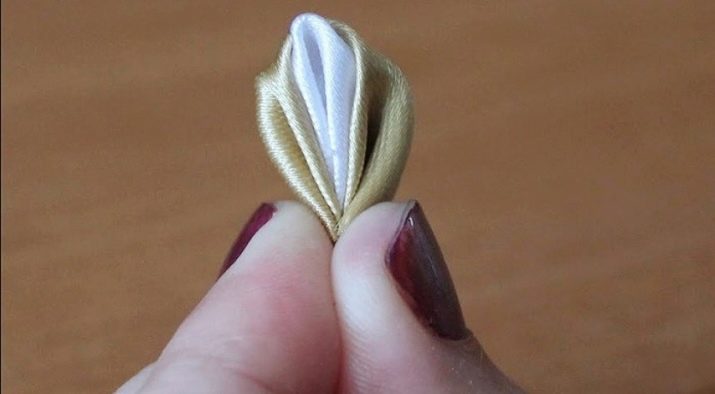
Leaves
Green is required for work 2.5 cm wide tape. Preforms up to 10 cm long are cut from the material. Elements are folded in half and cut diagonally. Products can be cut with a soldering iron. The tool will immediately process the edges. Get a few blanks. One is like a little bag. It is used as a leaf or detail for fixing rosebuds.
The second blank is used to make a rounded leaf. The upper part of the part is cut in the shape of a semicircle. Edges burn and stretch.
This is done to give the leaf a wavy shape. The bottom is going with a thread.
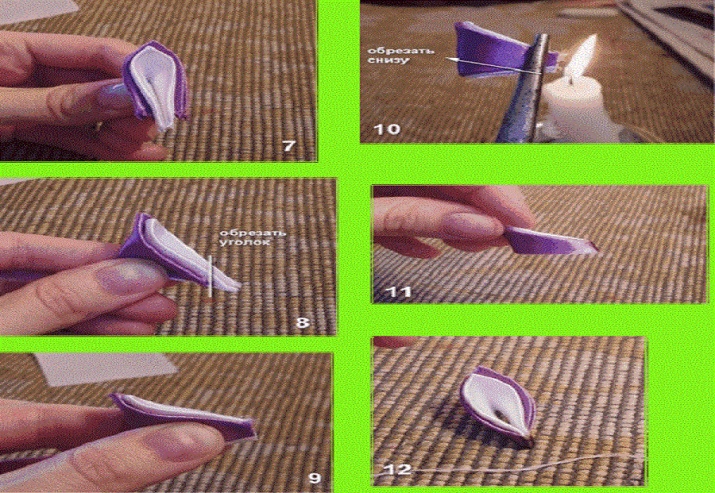
Spiral twisted
- Take two cuts of 5x5 cm tape and lay on top of each other.
- Pinch three ribbons with tweezers. Leave the first one and twist it into a spiral. For reliable fixation, you can glue it or pierce it with a needle.
- Flatten the edges of the ribbon into a sharp petal.
- Trim the excess and burn the edges.
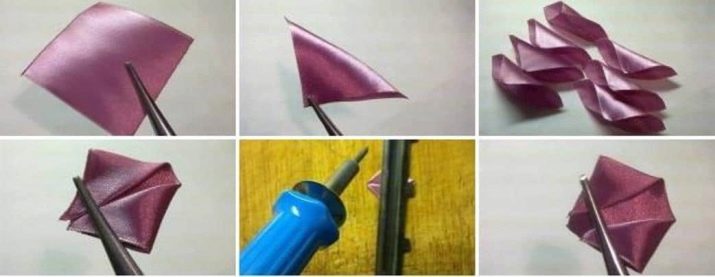
With a spiral
- It will take a couple of pieces of 5x5 cm tape. The tapes are glued to the right edge for reliable fixation of the spiral.
- Grab the edge with tweezers and twist to the middle.
- Cut and burn the edge.
- Trim the excess from the bottom, but do not burn yet.
- Create a two-color sharp petal and glue a blank with a spiral into it.
- Wrap folded triangles around the twisted element and stick it.
- Cut the lower part of the petal with twisted and singe.
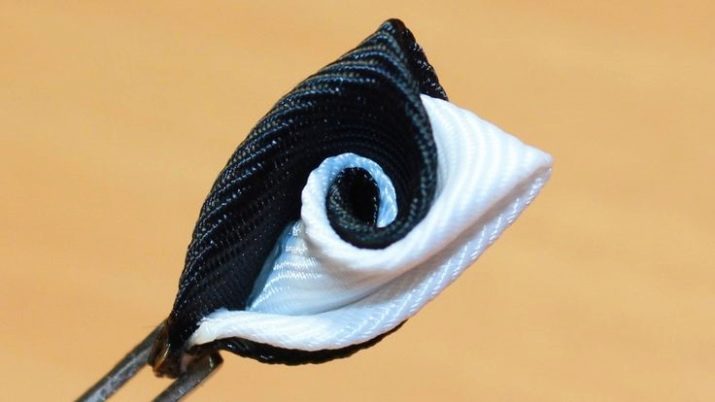
With curl
Like the two previous options, the product with a curl consists of several pieces of 5x5 cm fabric. You can use fabrics of different colors, for example, blue and pink. To create a new product, you need to fold the pieces of fabric diagonally. In a pinkish cut, we wrap the right side of the blue. Using tweezers, wrap the right edge in a tube. It takes only a few turns. Secure with glue. Bend the right edge with the tube back and turn to yourself. Trim the excess and burn the product.
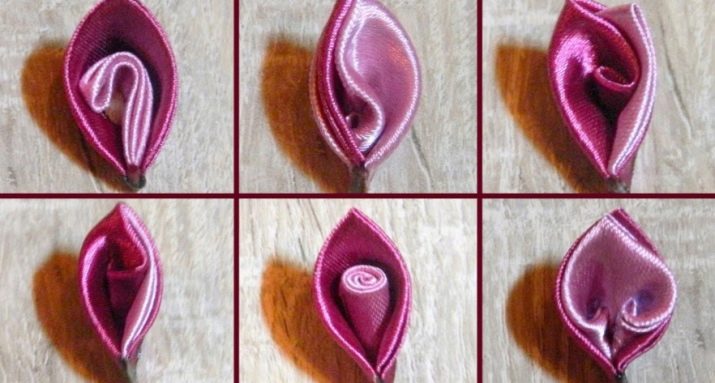
Two-tone material
It will take two squares of tape of different colors. Each piece of fabric folds into a triangle. Products overlap with a slight indentation. Products are glued according to the pattern of creating a sharp petal.
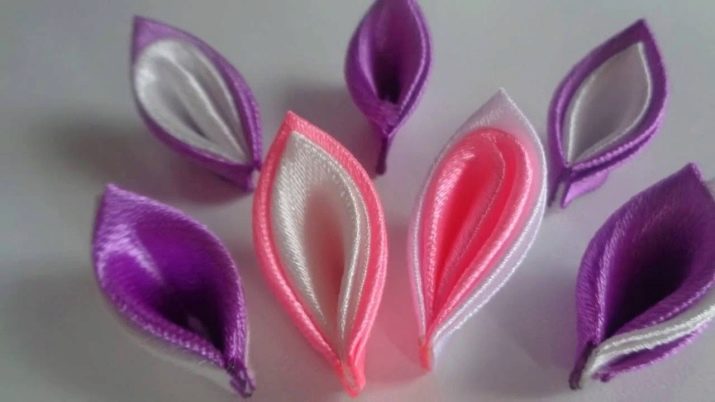
Making kanzashi leaves is an interesting and fascinating process. Some manufacturing methods are so simple that even a beginner needlewoman can handle them.
See how to make petals using the kanzashi technique in the following video:
